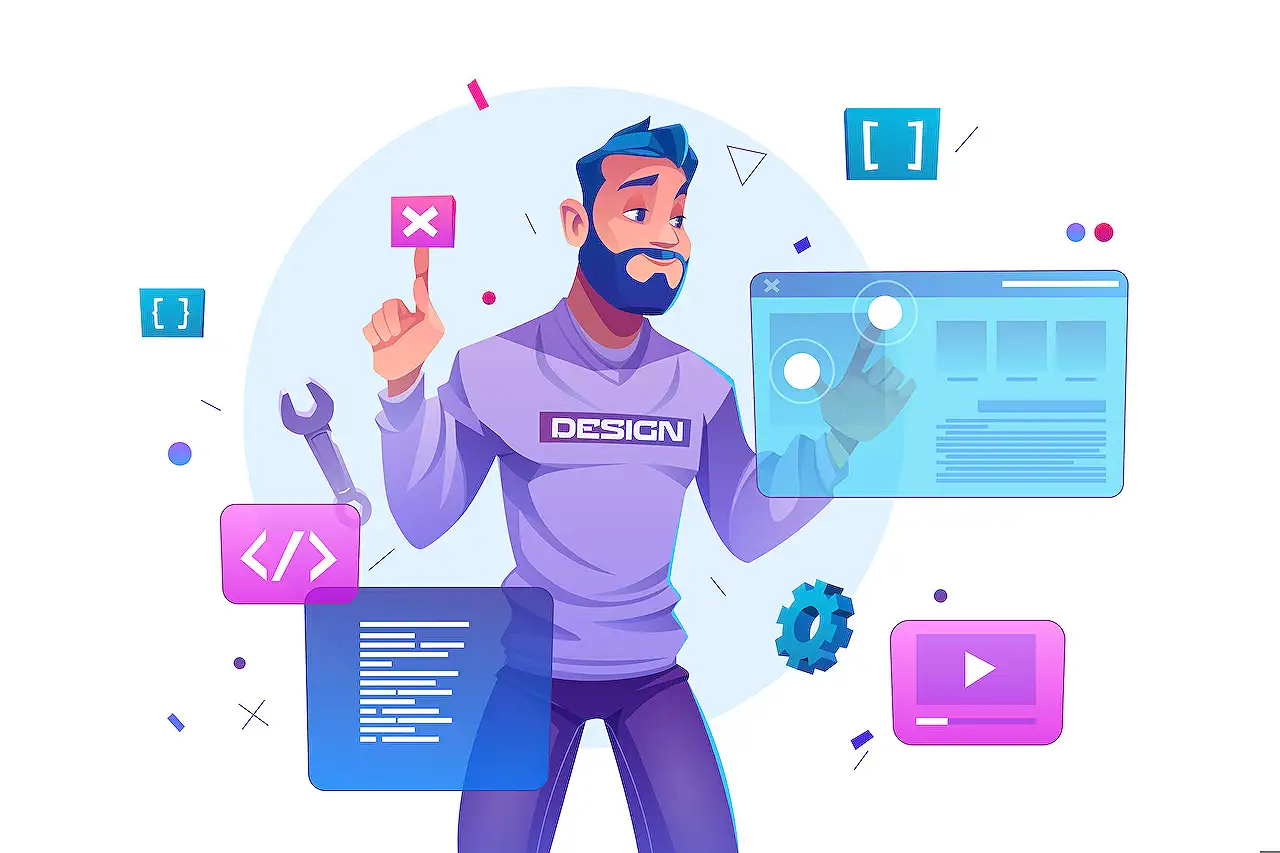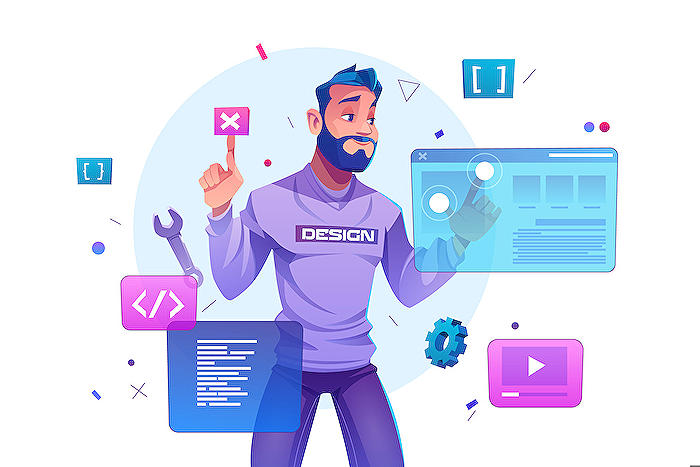- All of Microsoft

Creating SVG-Based Mobile Navigation Menu in Power Apps (Part 3)
Explore how to enhance your Power Apps mobile navigation menu with custom SVGs. Discover the benefits and learn to animate your icons, dynamic colors, and more!
I'm glad to provide a summary for the blog post penned by Kristine Kolodziejski. It revolves around constructing an engaging and visually appealing navigation menu in Power Apps that utilizes SVGs, falling under the third part of a series of articles about the same topic. This installment emerges as an essential guide illustrating the creation process, specifically using SVGs (Scalable Vector Graphics) in Power Apps.
Power Apps has been showcasing incredible flexibility throughout the text, allowing for comprehensive customization, especially around SVGs' usage. This feature enables developers to design elegant, responsive, and appealing navigation menus with an intuitive layout for mobile applications.
With the ins and outs of the third part, the author takes us deep into the art of crafting charming mobile menus. It's rendered possible thanks to Power Apps' versatility and the nuance of SVGs. Importantly, SVGs play an effective role in creating sleek, performant graphics that adapt swiftly, without distortion across varying screen sizes, enhancing the app's overall user experience.
- The use of Scalable Vector Graphics (SVGs) in app development platforms.
- The role of SVGs in creating flexible, responsive graphics.
- Power Apps' adaptability in customizing the layout.
Delving Deeper into Power Apps and SVG
Power Apps, a significant app development platform, enables the creation of a wide range of business applications using a straightforward approach. These apps can be tailored to cater to an organization's specific needs, leading to efficient problem-solving and seamless interaction.
SVGs, on the other hand, sit at the heart of modern designs. They offer designers the flexibility to create adaptable graphics that morph appropriately across variable screens, contributing to a vibrant user experience. Combining these two potent technologies can lead to the creation of dynamic, easy-to-navigate, and visually impressive menus for mobile apps. And this blog post guides us precisely on that voyage.
Read the full article Building a beautiful Power Apps mobile navigation menu - SVG’s (part 3)

Learn about Building a beautiful Power Apps mobile navigation menu - SVG’s (part 3)
Building a navigation menu with different icons can be a challenging task. But with Microsoft Power Apps, you just need to follow a step-by-step guide to make it happen. This blog post will teach you how to replace the default icons with custom SVGs in the menu that will change colours depending on our selection.
SVG, short for Scalable Vector Graphics, is an XML-based vector image format with support for interactivity and animation. Due to its scalable nature, SVGs maintain their quality regardless of the size changes. This is something that is impossible to achieve with a PNG or JPEG downloaded from the internet.
- Extending default icon set: the limited number of default SVGs can sometimes be insufficient. SVGs allow extension of this set.
- Performance: With their light-weight nature, utilizing SVGs saves an enormous amount of loading time and thus enhancing the speed of the application.
- Dynamics of colours: Unlike JPEG/PNG based icons, SVG colours can change dynamically which may be necessary in applications like ours.
- Animation: SVGs have inherent support for animations which can be achieved simply by using code snippets in Power Apps.
The process of implementing SVGs can be quite easy even if you're non-technical. Firstly, we'll need to find some SVGs to use. Here, we recommend using Bootstrap framework website or SVG Repo with some suggestions for home, settings, and profile icons. Then, we need to open the downloaded SVGs in an editable format such as Notepad. With the SVG code at hand, it's time to replace all of the double quotes with a single quote.
This process should be repeated for all icons that we wish to customize. Afterwards, we can adjust the size, colour and movement patterns of the icons according to our preference. We then proceed
More links on about Building a beautiful Power Apps mobile navigation menu - SVG’s (part 3)
- Building a beautiful Power Apps mobile navigation menu
- Jun 20, 2022 — In the third part of the Power Apps mobile navigation series by Kristine, she shows how to improve the design of the menu by replacing standard ...
- Building a beautiful Power Apps mobile navigation menu
- Building a beautiful Power Apps mobile navigation menu - HTML control (Part 1) ... Part 3 - Swapping the static icons to SVG's,; Part 4 - Creating a reusable ...
- misskristine94/MobileNavigationMenuComponent
- A beautiful mobile navigation component for your Canvas Apps! ... Beautiful navigation for your mobile Canvas Apps! This menu consists of a mixture of code and ...
Keywords
Power Apps, Mobile Navigation Menu, Building Mobile Menu, SVG in Power Apps, Beautiful Power Apps, Custom Navigation Menu, Power Apps Part 3, SVG Mobile Menu, Power Apps Navigation, Power Apps SVG Menu